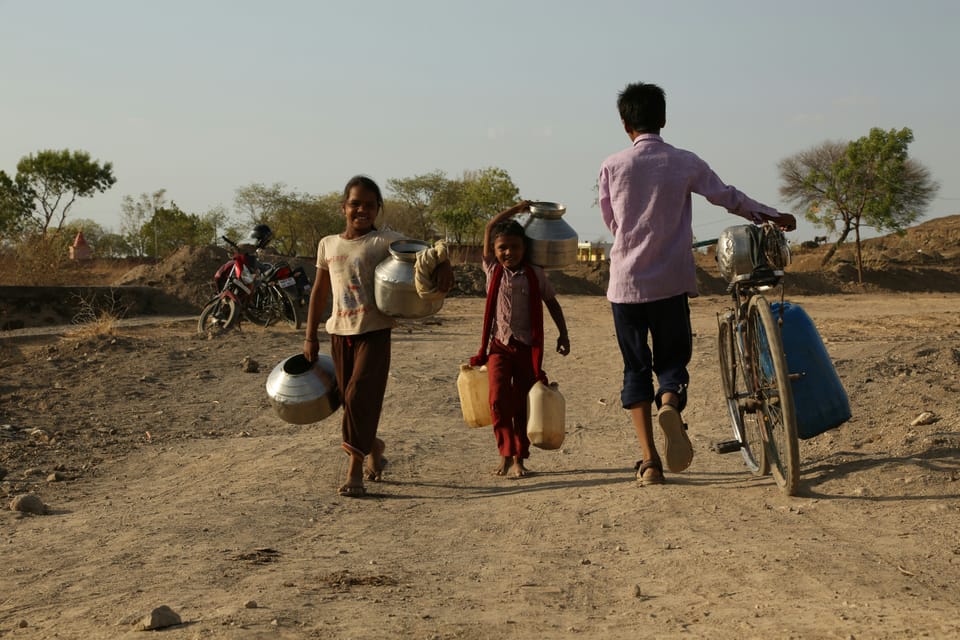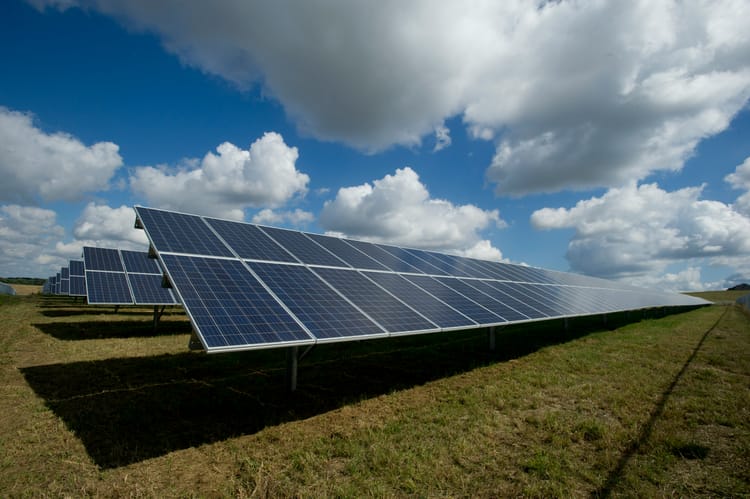‘Slow-moving global catastrophe’: UN report urges greater action for drought resilience
“Drought is no longer a distant threat."

Escalating droughts demand global cooperation and drastic changes to our water and agricultural practices – or the ripple effects could be devastating, warns a new UN report.
Some of the worst and most widespread drought events in recorded history have happened since 2023 as climate change and pressure on land and water resources accelerate. This is the conclusion of the latest Drought Hotspots Around the World report published this week by the U.S. National Drought Mitigation Center (NDMC) and the UN Convention to Combat Desertification (UNCCD).







